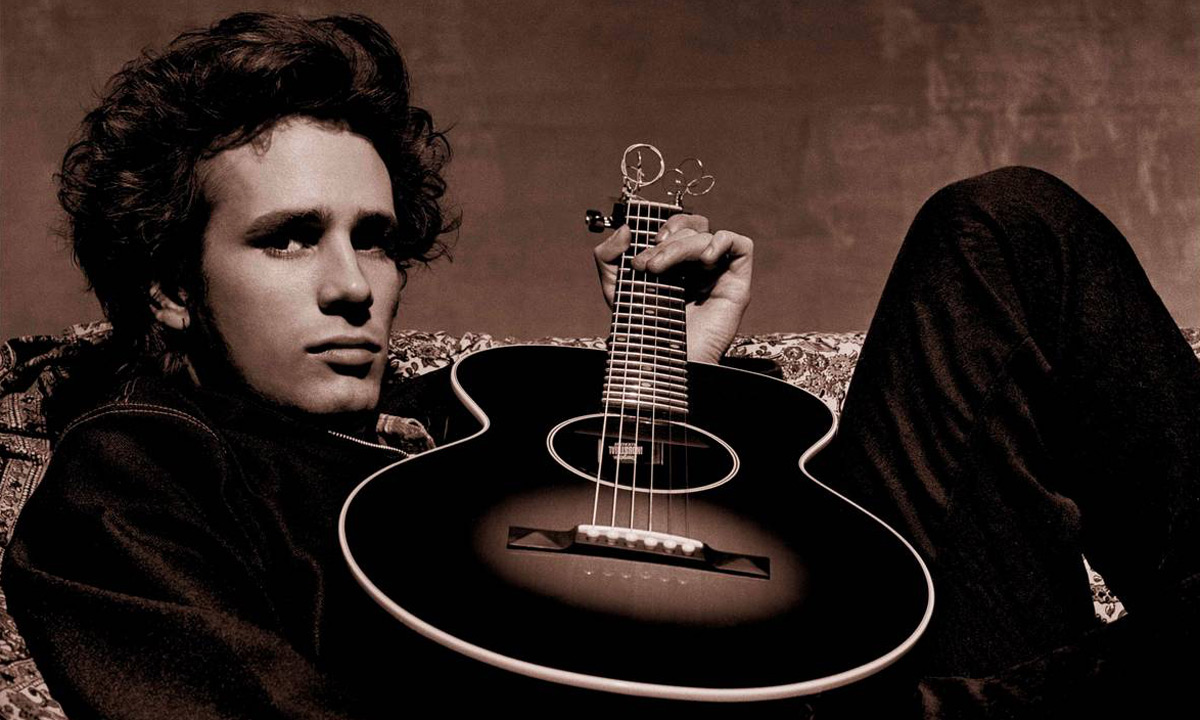

The melody there is basically one long rising line that doesn't descend until the end, and the dynamics mostly mimic that. gets louder) while the melody is getting progressively higher and puts a bit more vocal emphasis there, with a decrescendo (getting quieter) by the time he reaches "composing hallelujah".

A very powerful resolution, but also extremely common.īuckley also does a small crescendo (i.e. The chord progression is nice (I IV V vi IV V V7/vi vi), where the maximum tension and strongest resolution is found in the final two chords (V7/vi vi, or E7 - Am in the key of C), where it uses a secondary dominant to lead into the relative minor (during lyrics "composing hallelujah"). Interesting tidbit, but that alone isn't something that'd make you want to belt it out passionately.

"The minor fall" is played over a minor chord that is voiced lower than the preceding chords, while "the major lift" is a major chord that is voiced higher. "The fourth, the fifth" are sung against the IV and V chords in the key respectively. He's using some pretty cliche word painting. So Buckley's peak of intensity is at the top of that line we're talking about - specifically the middle of the phrase "composing Hallelujah", with its gentle fall back to Db.ĭelivered by a gifted singer, of course, but from a genius songwriter. But then, where Cohen raised his voice to sing the chorus at the top of his range - making the chorus the melodic and emotional peak of the song - Buckley drops down to Cohen's octave for the chorus, which reduces the drama, making the chorus more introspective: less passionate, but more intimate.
#Hallelujah jeff buckley chords plus
In fact, an octave plus a semitone, because Cohen's was in C. (That's sure to keep the king baffled.)Īnother interesting thing about Buckley's version is that - being a tenor - he sings the verse an octave higher than Leonard Cohen (a bass) did. Two more things to notice there: (1) "major lift" rises to the 6th of the major chord (which then becomes the 5th of the following V) (2) the final melodic resolution is in fact to the Db major key tonic note - but on the relative minor chord. goes like this the 4th the 5th, the minor fall and the major liftĬhords Db(I) Gb(IV) Ab(V) Bbm(vi) Gb (Gb6) Accordingly, the IV rises again to V (Ab) ("baffled king"), and then you get the masterstroke: the secondary dominant (F major) resolving finally to the minor iv chord - achieved by the chromatic A natural in the bass (the harmonic minor leading tone) adding the element of drama. That's clever because, as well as the word painting, it enables the bass to rise yet again to the root of IV (Gb) under "major lift". The chord root and the melody keep ascending, while the "minor fall" is represented by the bass dropping from root of V (Ab) to 5th of vi (F). But Cohen uses a "deceptive cadence", aka "interrupted cadence" - resolving to the less conclusive vi (Bbm) chord, to delay the consummation. The "fourth, the fifth" are the IV-V of the key, which would normally lead you to expect resolution directly to I (Db).

) Buckley did a very nice version, certainly, but what you're talking about is Cohen's idea.Īs Monitor_343 says, there's the word painting (I wouldn't call it a cliche, it's hardly that common.), but the main thing you're hearing is simply the rising melodic line, combined with a delayed resolution.


 0 kommentar(er)
0 kommentar(er)
